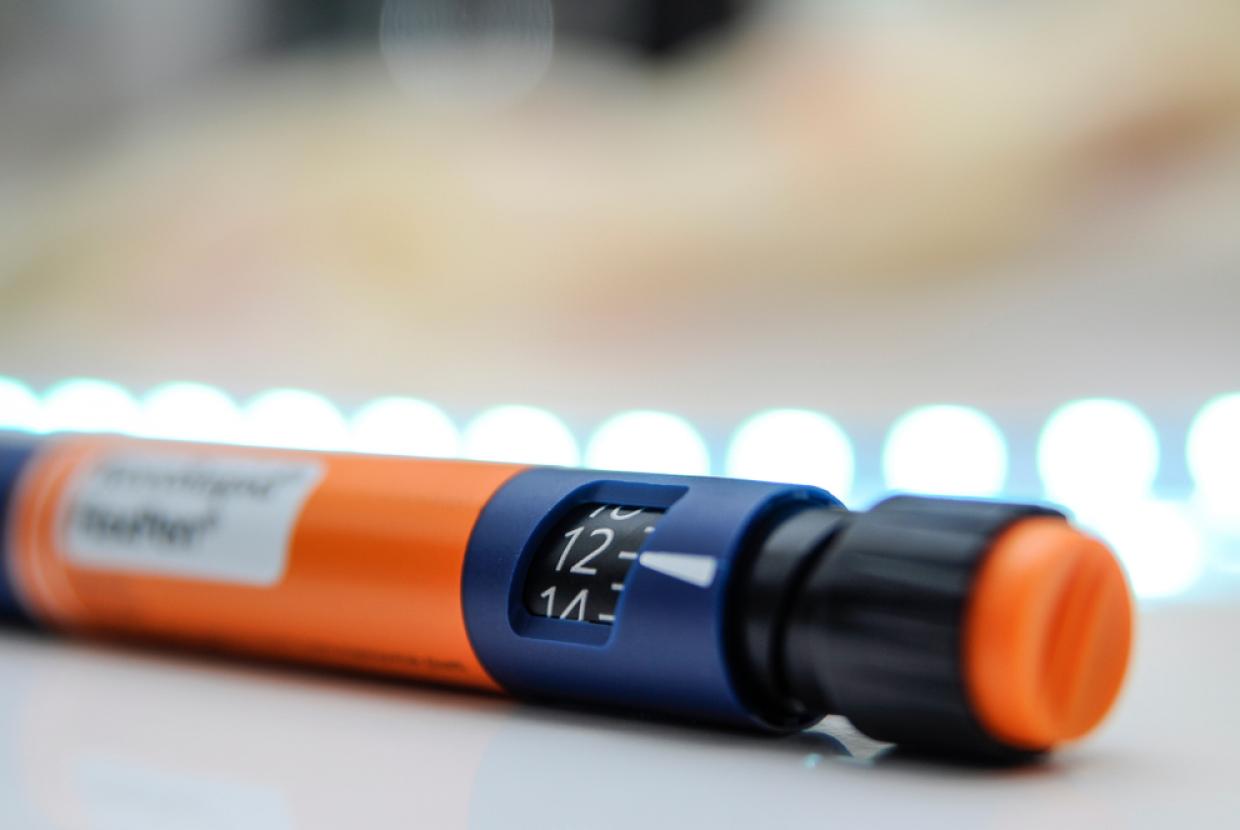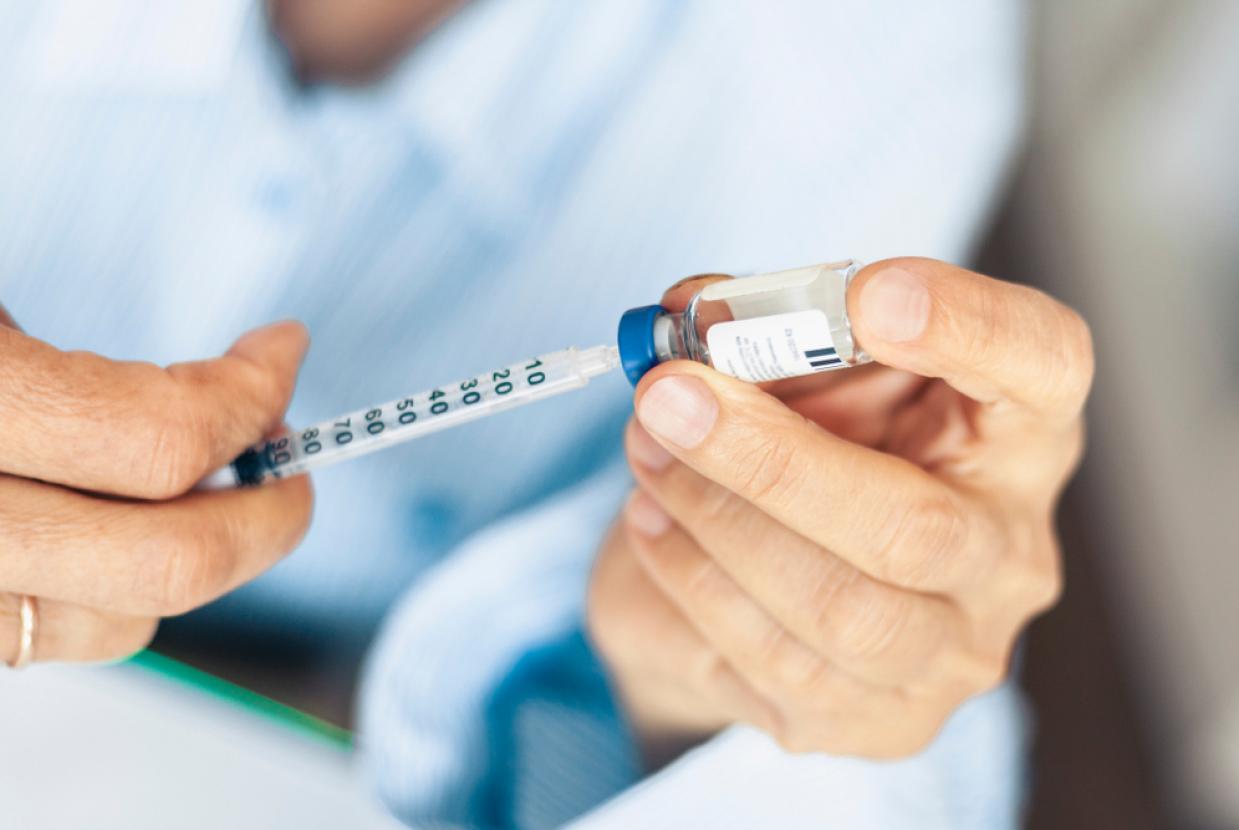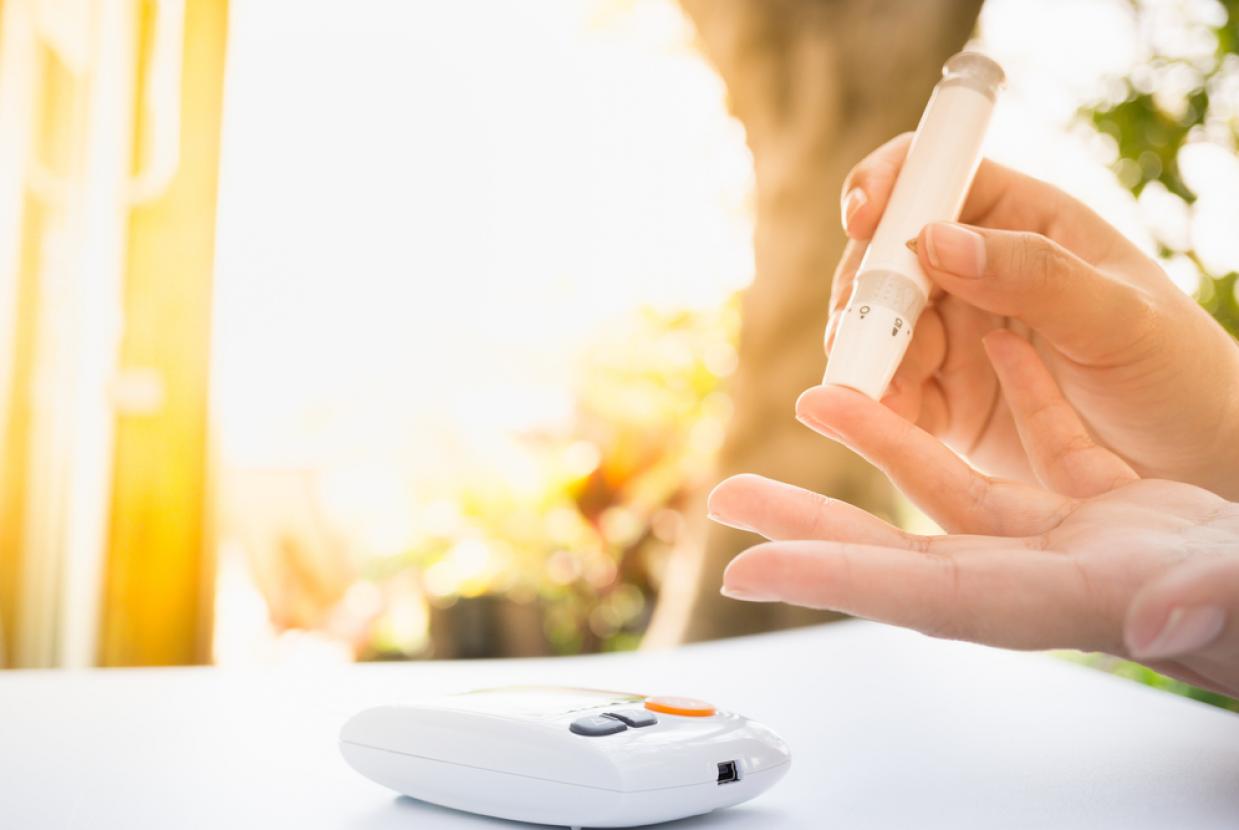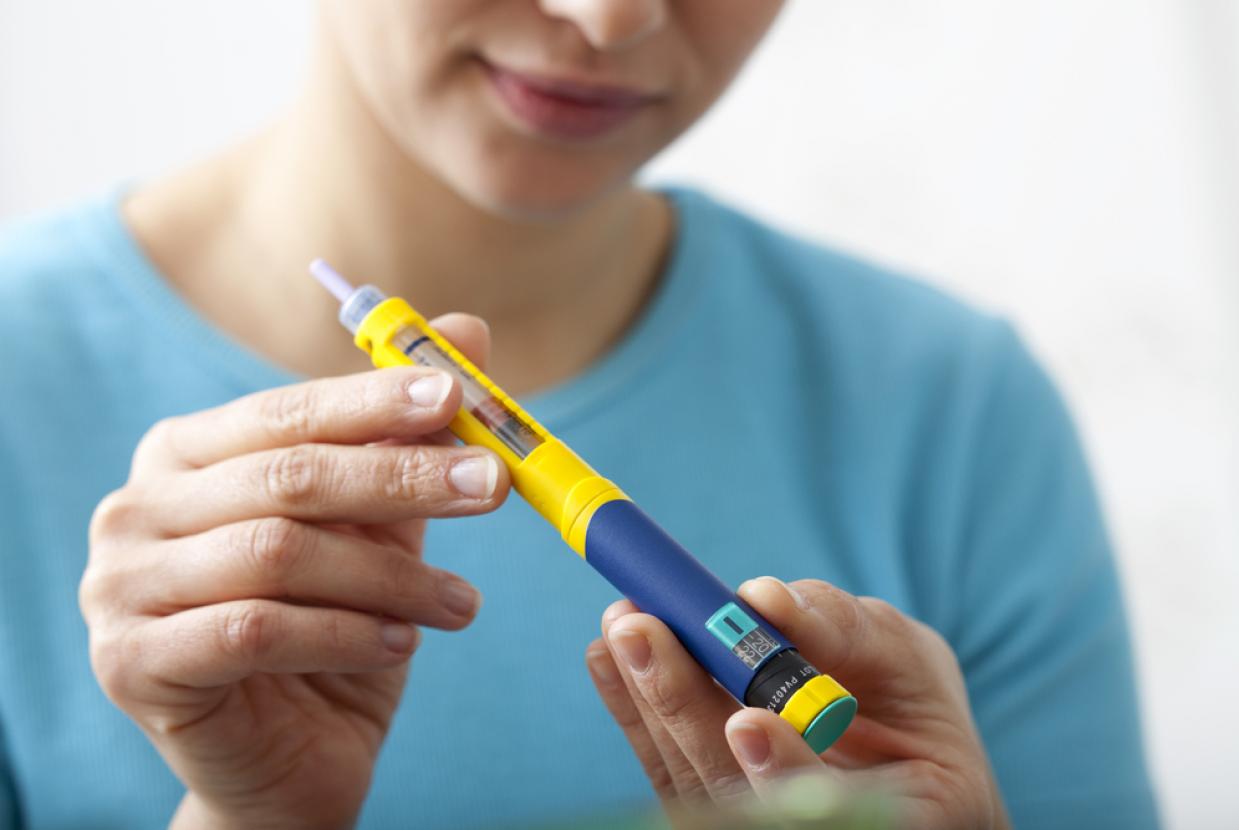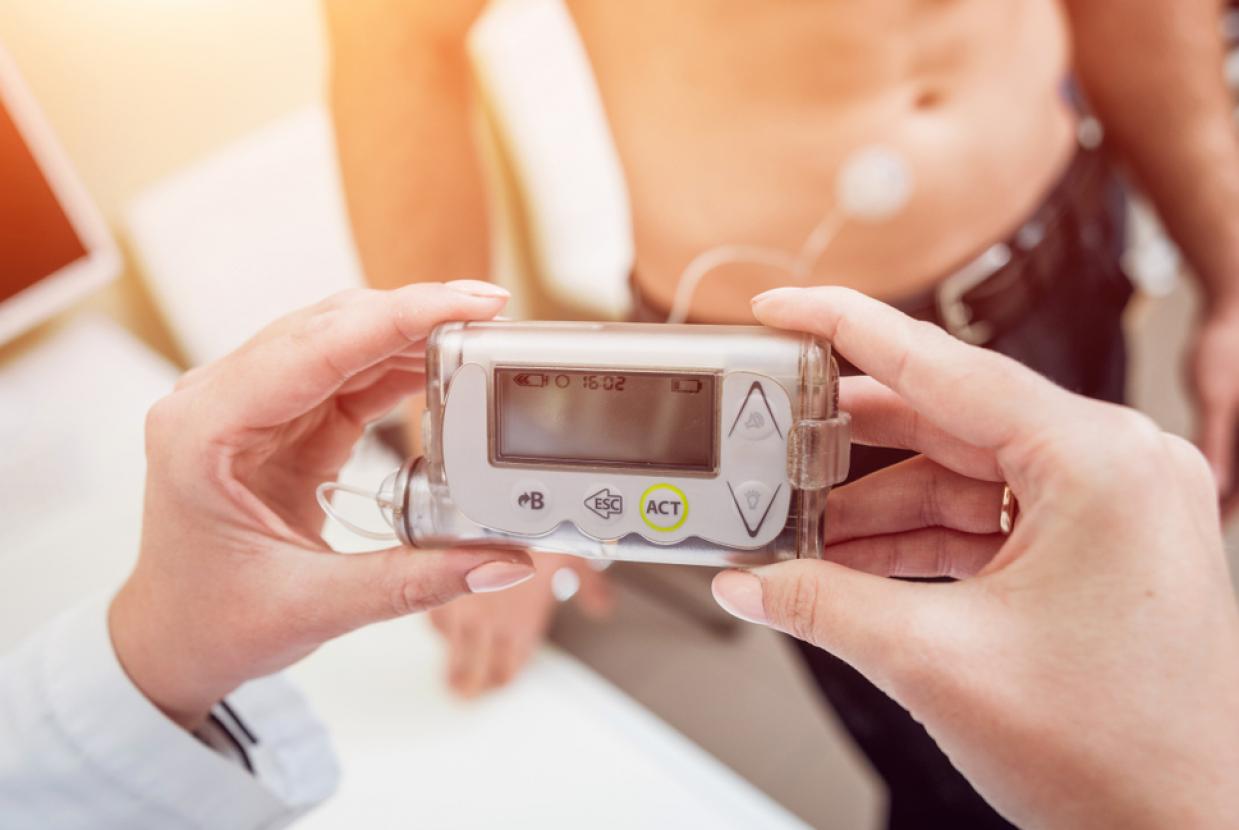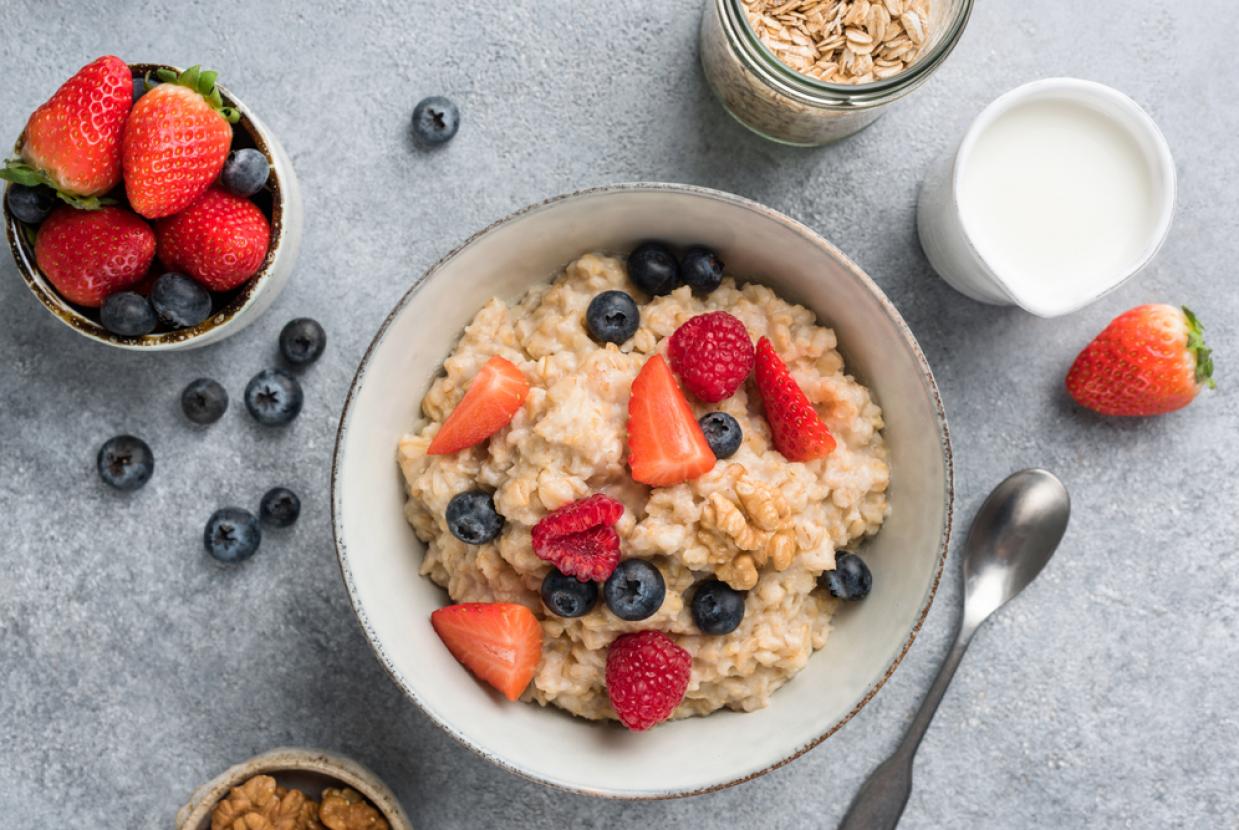Diet & Prediabetes
Diabetes / Healthy DietPrediabetes occurs when blood sugar (glucose) levels are higher than they should be, but not high enough to diagnose type 2 diabetes. It’s an early warning sign there’s an increased risk of developing the condition.
Being diagnosed with prediabetes doesn’t automatically mean a person will develop type 2 diabetes. For many people, making lifestyle changes – such as eating more healthily, being more active and losing weight if needed – can successfully lower blood sugar levels to within the healthy range and potentially prevent the onset of type 2 diabetes.
Key facts
- Prediabetes is a warning sign a person is at high risk of developing type 2 diabetes
- Prediabetes affects around 1 in 9 adults in England (12%) – that’s equal to around 5.1 million adults
- Prediabetes is sometimes called borderline diabetes or non-diabetic hyperglycaemia
- Making lifestyle changes may prevent or delay up to 50% of cases of type 2 diabetes
What causes prediabetes?
Prediabetes is caused by problems with insulin. This hormone is made in the pancreas and helps to move sugar (glucose) from the blood into cells where it provides energy. When insulin functions properly, blood sugar levels are well controlled and stay within a healthy range.
If the pancreas fails to make enough insulin, or if the insulin produced isn’t effective, then less sugar is removed from the blood. This condition is called insulin resistance. It means sugar starts to build up in the blood causing blood sugar levels to rise.
Prediabetes is diagnosed when blood sugar levels are slightly higher than normal indicating early problems with insulin function. Over time, if insulin resistance worsens and blood sugar levels continue to rise, this can lead to type 2 diabetes.
What are the symptoms of prediabetes?
Unlike type 2 diabetes, which has several noticeable symptoms, prediabetes doesn’t usually have any warning signs, making it difficult to know whether you have the condition. If symptoms are present, this means you may already have developed type 2 diabetes. Common symptoms of undiagnosed or uncontrolled type 2 diabetes include:
- Feeling very tired
- Feeling very thirsty
- Peeing more often, especially at night
- Blurred vision
- Itchy genitals
- Frequent episodes of thrush
- Cuts that take longer to heal
If you develop any of the above symptoms, make an appointment with your GP so a diagnosis can be made, the condition can be monitored and, if necessary, treatment can begin to lower and stabilise blood sugar levels.
How will I know if I have prediabetes?
As prediabetes has no obvious symptoms, it can be difficult to know if you have the condition. Understanding the main risk factors for prediabetes and type 2 diabetes means you will be able to identify if any apply to you (see the table below). The more risk factors you have, the higher the chances of developing prediabetes or type 2 diabetes.
You can also complete the Know Your Risk online tool developed by Diabetes UK. It takes just a few minutes and will indicate whether you have a high or very high risk of developing type 2 diabetes. If the results show you are at risk, you should make an appointment with your GP.
It's also common for prediabetes or type 2 diabetes to be diagnosed through blood tests completed for other medical conditions or through the free NHS Health Check, available to people aged 40 and 74 years in England.
You can also ask your GP practice to check for prediabetes if you think you might be at risk.
A blood test that measures blood sugar (glucose) levels is the only way to confirm a diagnosis of prediabetes. Several tests can be used but a common one checks HbA1c levels in the blood. This test provides an average of your blood sugar levels over the past two to three months. A reading between 42-47mmol/mol is a sign of prediabetes. A level of 48mml/mol or more indicates type 2 diabetes.
What are the risk factors for prediabetes?
Both prediabetes and type 2 diabetes are due to problems with insulin function. As they have the same underlying cause, they also share similar risk factors.
Some of these risk factors such as age, ethnicity and family history can’t be changed. But it’s often possible to lower the risk of developing prediabetes and type 2 diabetes by making lifestyle changes such as eating a healthier diet, being more physically active, and losing weight if needed.
The following chart shows the main risk factors for prediabetes and type 2 diabetes:
Risk Factor | Explanation |
Your weight | The more overweight you are the greater your risk. To find out if you are living with overweight or obesity ask your GP to measure your BMI (body mass index) – a healthy BMI is 18.5-25 |
Your waist |
|
Your age | You are at increased risk of prediabetes or type 2 diabetes if you are over 40 years of age. If your background is Black African, Chinese, South Asian or African-Caribbean, you are at increased risk if you are over 25 years of age. The risk continues to increase with age. |
Your family history | Having type 2 diabetes in the family increases your risk. The closer the relative is, the greater the risk. Tell your GP whether anyone in your family has type 2 diabetes. If you know that type 2 diabetes runs in your family, make sure that you are doing all you can to reduce your risk in other ways. |
Your ethnicity | Some ethnic groups have higher risk of type 2 diabetes than others and are likely to be affected at an earlier age (see ‘Your age’ section above). If you have an African-Caribbean or South Asian background and live in the UK, then you are at least three times more likely to have type 2 diabetes than the White population. It is particularly important for you to make sure that you maintain a healthy body weight. |
Lifestyle factors | Several lifestyle factors, some of which are linked to living with overweight and obesity, have been associated with an increased risk of developing type 2 diabetes. These include smoking, being sedentary and eating an unhealthy diet. |
Other factors | You may also have an increased risk of having prediabetes or type 2 diabetes if you:
|
How to lower the risk of type 2 diabetes
Being diagnosed with prediabetes means a person has an increased risk of developing type 2 diabetes, but it doesn’t mean they will definitely get the condition. The key to preventing prediabetes from progressing to type 2 diabetes for many people is making important lifestyle changes.
Research shows that adopting a healthy diet, being more physically active, and losing weight, if needed, reduces the risk of developing type 2 diabetes by around 50%. Better still, these lifestyle modifications may prevent or delay the onset of type 2 diabetes for many years. Trials have reported a lower incidence of type 2 diabetes up to 23 years after making lifestyle changes.
If you live in England and are diagnosed with prediabetes, your GP may refer you to the NHS Diabetes Prevention Programme. This nine-month programme helps people at high risk of developing type 2 diabetes make lasting lifestyle changes to prevent the condition.
Eat a healthy, balanced diet
Eating a healthy diet is key to lowering the risk of type 2 diabetes. A good starting point is to follow The Eatwell Guide, which shows the types and proportions of foods to eat for a balanced, nutritious and sustainable diet.
Both high fat and low fibre diets have been found to increase the risk of developing type 2 diabetes. This means it’s important to make diet changes that reduce fat and increase fibre.
Certain eating patterns such as the Mediterranean Diet and the DASH diet (Dietary Approaches to Stop Hypertension) have also been shown to lower the risk of type 2 diabetes by around a fifth. These diets promote vegetables, fruit, wholegrains, pulses, nuts and seeds. They include some low-fat dairy products and lean protein-rich foods such as fish, poultry and eggs, but limit red meat, butter, sugar, and processed foods.
Vegetarian and vegan diets have also been shown to reduce the risk. The common theme with all these diets is their alignment with UK healthy eating recommendations: they’re rich in plant-based foods, contain moderate amounts of animal products, and are low in sugary, fatty and processed foods.
6 diet tips to protect against type 2 diabetes
1. Eat fewer sugary foods
Sugar itself doesn’t directly cause type 2 diabetes, but it is linked to higher energy (calorie) intakes. Over time, taking in more calories than we need can cause weight gain, which increases the risk of type 2 diabetes. A good starting point is to swap chocolate, cake, biscuits, sweet pastries, ice cream and desserts, for fruit.
2. Limit sugary drinks
Higher intakes of sugar-containing drinks are linked to a higher risk of type 2 diabetes. Studies also show they’re associated with weight gain and a higher Body Mass Index (BMI) in children and teens. Replace sugary drinks with water and sugar-free drinks. Some studies suggest that coffee and tea may also lower the risk of type 2 diabetes but, if you drinks these, have them without sugar.
3. Eat more vegetables and fruits
Eating more vegetables and fruit is linked to a decreased risk of type 2 diabetes. The key thing is to eat more and to have a variety of different kinds. Frozen, canned and dried varieties still count towards your 5 a day - try to include vegetables or fruit (or both!) at each meal and as snacks to help you get at least 5 a day.
4. Choose high-fibre carbs
There’s no evidence the total amount of carbohydrate in a diet increases the chances of developing type 2 diabetes, but studies do show some carbohydrate-rich foods may affect risk. Good amounts of wholegrains, such as wholemeal bread, brown pasta and rice, oats, and wholegrain breakfast cereals, lower the risk so it’s important to include these in our daily diet.
In contrast, there is some evidence (although limited) that suggests that high intakes of white rice and potatoes, especially if fried, could be linked to an increased risk. So it's best to replace more refined carbohydrate foods with higher fibre versions most of the time.
5. Include some dairy
Some research suggests that yogurt and cheese may both help to lower the risk of type 2 diabetes. Choose plain varieties of yogurt to keep sugar intakes lower and sweeten with fruit. Cheese is high in saturated fat and salt so keep portions small, around the size of a small matchbox.
We don’t know whether plant-based yogurts or cheese would have the same benefits, but if you do have these, choose those that are fortified with calcium. It’s important to remember that dairy foods like hard cheese and full fat yogurt are higher in fat and calories. So, for weight control it is best to choose reduced fat versions.
6. Cut down on red and processed meat
Research shows a link between the development of type 2 diabetes and higher intakes of red meat - especially processed meat. Red meat includes beef, lamb and pork and processed meat includes products such as bacon, ham, sausages, salami, and other cured meats, Swapping meat for beans, lentils, chickpeas, tofu, nuts and seeds, makes it easy to get enough protein and adds fibre to the diet.




















